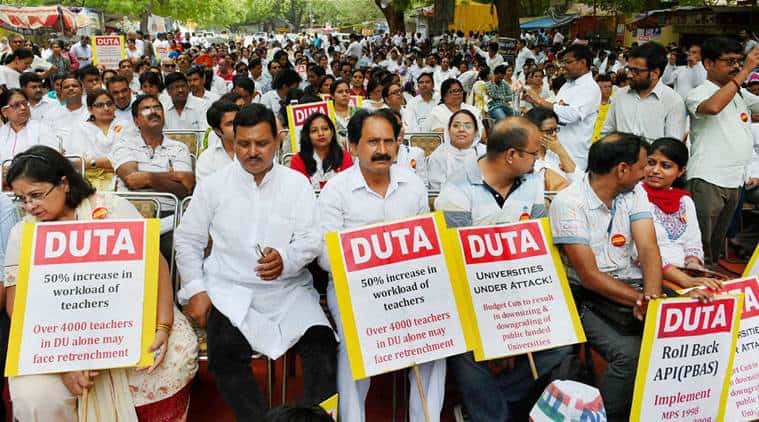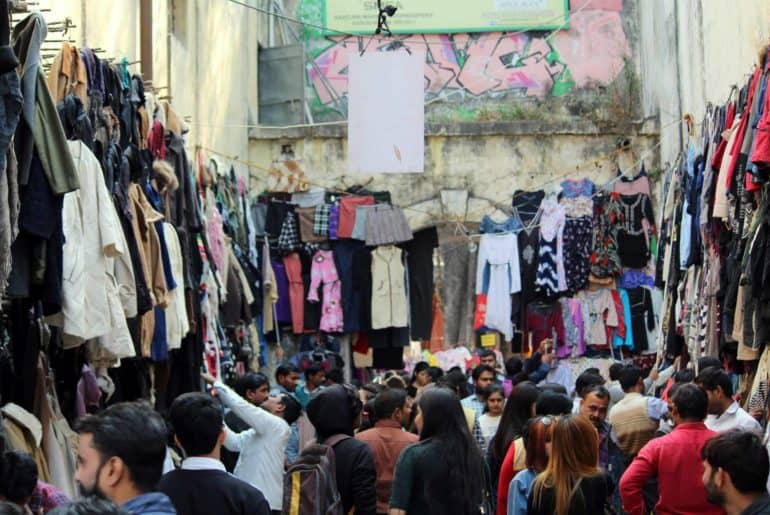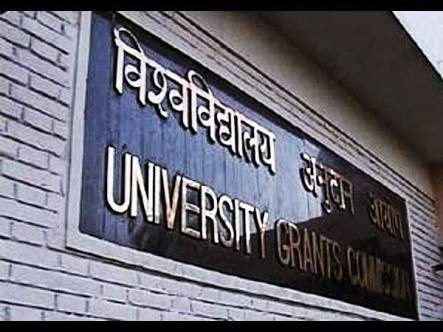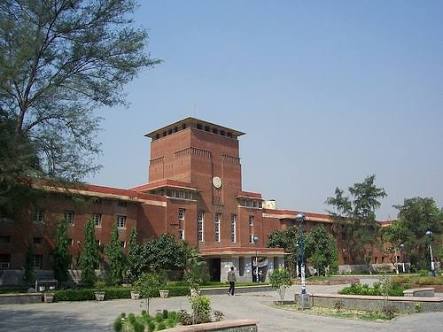Net neutrality is the principle that governs internet service providers (ISP’s) to treat all data on the Internet the same and not discriminate or charge differently by user, content, website, platform, application, type of attached equipment, or method of communication. This principle is considered a cornerstone of a free and open internet that provides equal access to all.
Thanks to the very recent decision made by the Federal Communications Commission (FCC) in the United States of America (USA), this pressing subject matter was put in the spotlight. The decision to repeal net neutrality in the USA comes as no surprise considering the country’s stern capitalist character. It is safe to say that the economic, political and social set-up of the US and the Republic of India are vastly different. While the fate of net neutrality in the US is now in the hands of the Congress, the development of net neutrality in India is absolutely not comparable to that of the United States.
The debate surrounding net neutrality in India emerged when the telecommunication giant- Airtel announced additional telephonic charges for phone calls made using mobile-based applications WhatsApp and Skype in December 2014. It was because of this move that the centre decided to invite comments and recommendations on the topic of net neutrality. The Telecom Regulatory Authority of India (TRAI) released a formal consultation paper on Regulatory Framework for Over-the-top (OTT) services, seeking comments from the public before submission of a said document to the government. This document was received with severe condemnation from Indian internet users which resulted in TRAI receiving over a million emails expressing dissent on this matter. The issue of net neutrality was widely discussed in popular social media platforms including advertisements by companies and comedy sketch group All India Bakchod (AIB).
It is due to this collective online movement that pushed TRAI to take a revolutionary step and come out with recommendations in favour of net neutrality. These rules that prevent ISP’s from misusing their powers can be seen as one of the world’s strongest. The progression of net neutrality in India is an enormous reflection of India as a democracy where the voice of the civic body is now being reflected in the authority’s actions. Ravi Shankar Prasad, Law and IT Minister recently branded the right of non-discriminatory access to the internet as non-negotiable. “I believe the internet is one of the finest creations of mankind and must be available for all. If the internet is a global platform it must have a link with the locals” Prasad told Times of India.
Feature Image Credits: Egypt Innovate
Image 1 Credits: India.Com
Image Credits 2: Imgur
Bhavya Banerjee






















